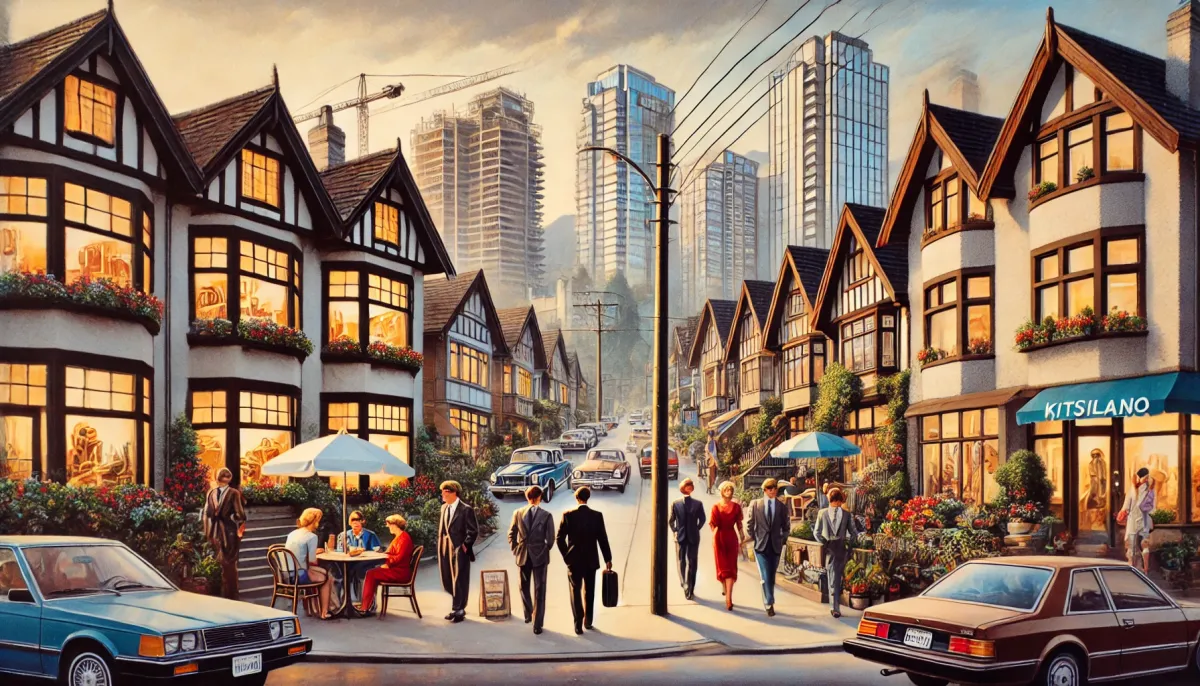
Part 5 of 5
During the 1980's and 1990's, Kitsilano experienced a wave of gentrification that significantly reshaped the neighborhood’s character and landscape. Once known for its counterculture roots and affordability, the area underwent a transformation fueled by rising property values and shifting demographics.
The neighborhood's picturesque location near the waterfront and its proximity to downtown Vancouver made it highly desirable. As housing demand increased, property prices soared, attracting more affluent residents. This influx of wealth brought about changes that reflected broader urban trends across Vancouver and other metropolitan areas.
Local businesses adapted to cater to the evolving clientele. Independent shops and affordable diners gave way to upscale boutiques, trendy cafes, and fine dining establishments. While these changes boosted the local economy and revitalized the area, they also sparked debates about cultural preservation and displacement.
Longtime residents, including artists and families who had been part of Kitsilano’s counterculture era, often found themselves priced out of the neighborhood. The gentrification wave mirrored the broader economic boom of the 1980s and 1990s, driven by urban expansion and globalization.
Despite these changes, Kitsilano retained much of its charm, blending its bohemian past with a new, polished identity. Today, it is a vibrant, sought-after neighborhood, reflecting both the challenges and opportunities of urban development. The gentrification of Kitsilano serves as a microcosm of Vancouver’s transformation, balancing growth with the preservation of community heritage.
Tags: #WBN News - Kitsilano Edition #Karalee Greer #Kitsilano History #Vancouver Growth #Urban Expansion #Kits #Kitsilano #Gentrification

